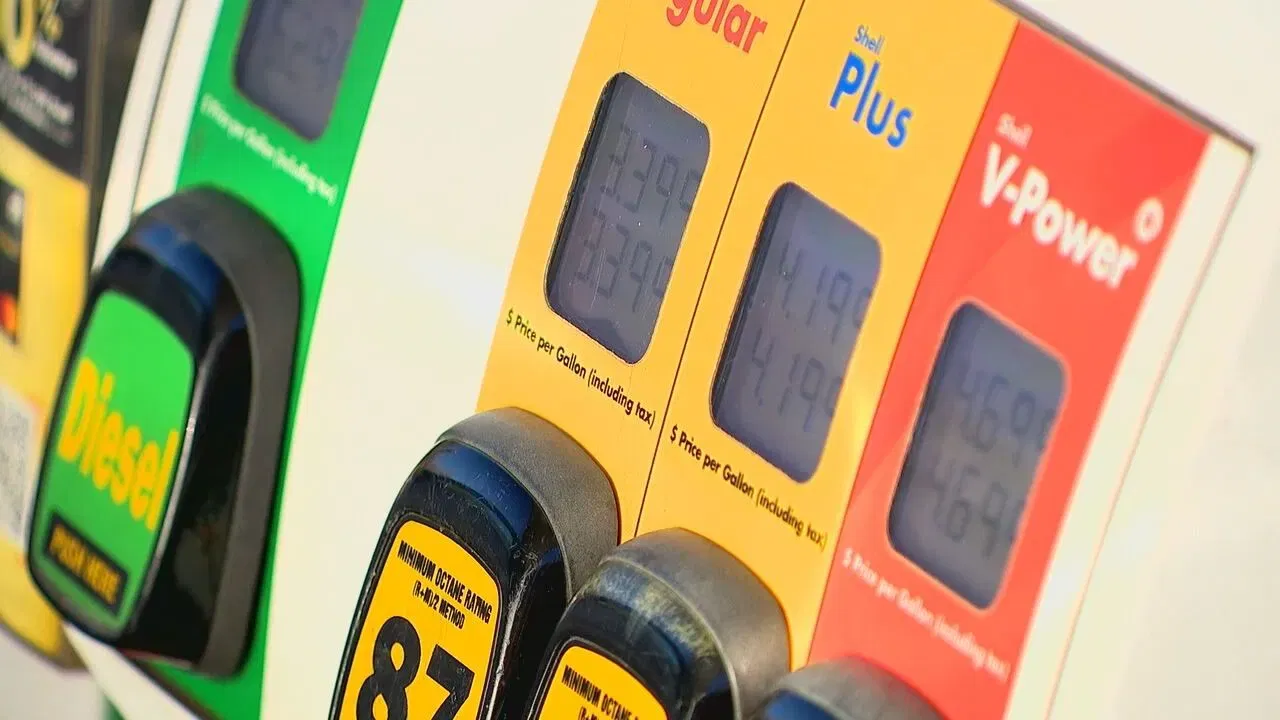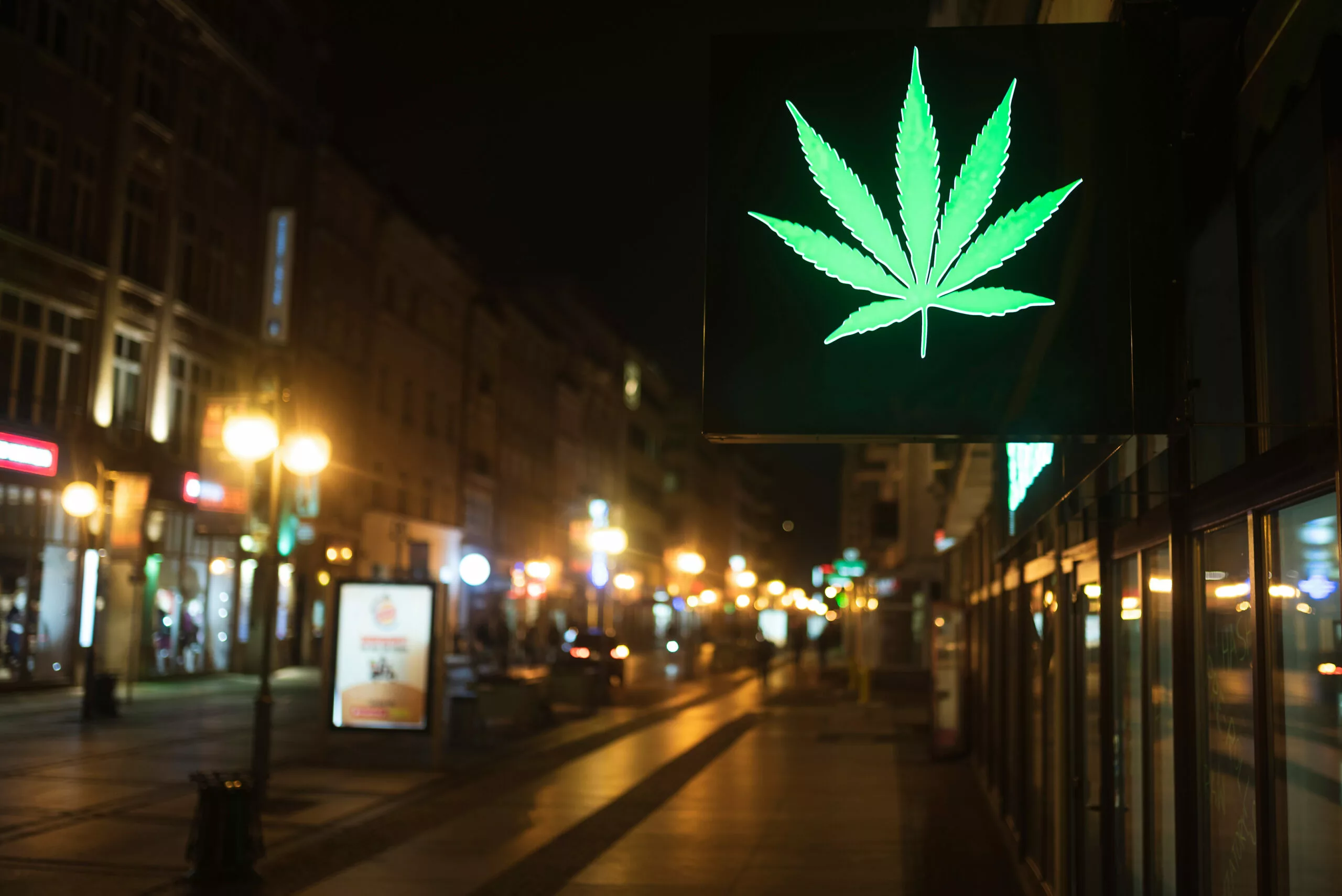WASHINGTON (7News) — Gas prices in the District of Columbia and surrounding regions have jumped sharply following U.S. airstrikes in Iran announced Saturday, adding fresh volatility to an already sensitive global oil market.
According to GasBuddy, which tracks fuel costs nationwide, the average price of gasoline in Washington, D.C. has increased by 7 cents per gallon in just the past week. While prices are still 46 cents lower than this time last year, they are 2.4 cents higher than in May.
Widespread Price Increases Across the DMV
The D.C. area is not alone in experiencing these sudden hikes. Almost every U.S. state has reported a rise in fuel costs over the past seven days, with diesel prices seeing their steepest one-week climb since August 2023.
Current average gas prices as of June 22:
-
Washington, D.C.: $3.22 per gallon (up 7 cents from last week)
-
Maryland: $3.19 per gallon (up 15 cents from $3.04)
-
Baltimore: $3.17 per gallon (up 17.1 cents from $3.00)
-
Hagerstown: $3.15 per gallon (up 16.4 cents from $2.98)
In Washington, gas station prices currently range from $2.89 per gallon at the cheapest location to $3.49 at the most expensive.
Expert Predictions: More Increases Ahead
Patrick De Haan, head of petroleum analysis at GasBuddy, warned that the trend may continue in the near term.
“With the national average likely to increase another 7 to 15 cents this week, and diesel possibly rising by 10 to 20 cents, drivers should be prepared,” said De Haan.
Despite the uptick, De Haan urged the public not to panic, calling out exaggerated social media claims that predict “apocalyptic” gas spikes.
“Many of those claims are wildly inaccurate. For now, motorists should anticipate a continued steady climb in prices,” he said.
Geopolitical Tensions Fuel Uncertainty
The conflict between Israel and Iran has heightened concerns about oil supply disruptions, particularly in the Middle East, where a significant portion of the world’s petroleum is produced and transported. While no major pipeline or supply chain has been directly impacted so far, market anxiety is already influencing wholesale fuel prices.
As tensions remain high and the full impact of the U.S. airstrikes unfolds, analysts expect gas prices to remain volatile. However, experts caution that any major changes would likely depend on sustained conflict or direct threats to oil production infrastructure.
What Drivers Should Do
While there’s no need to rush to the pump, drivers are encouraged to monitor prices, shop smart, and consider using fuel-saving apps like GasBuddy to locate the cheapest stations in their area.
As always, keeping vehicles well-maintained and driving efficiently can help soften the financial blow during periods of rising fuel costs.















Leave a Reply